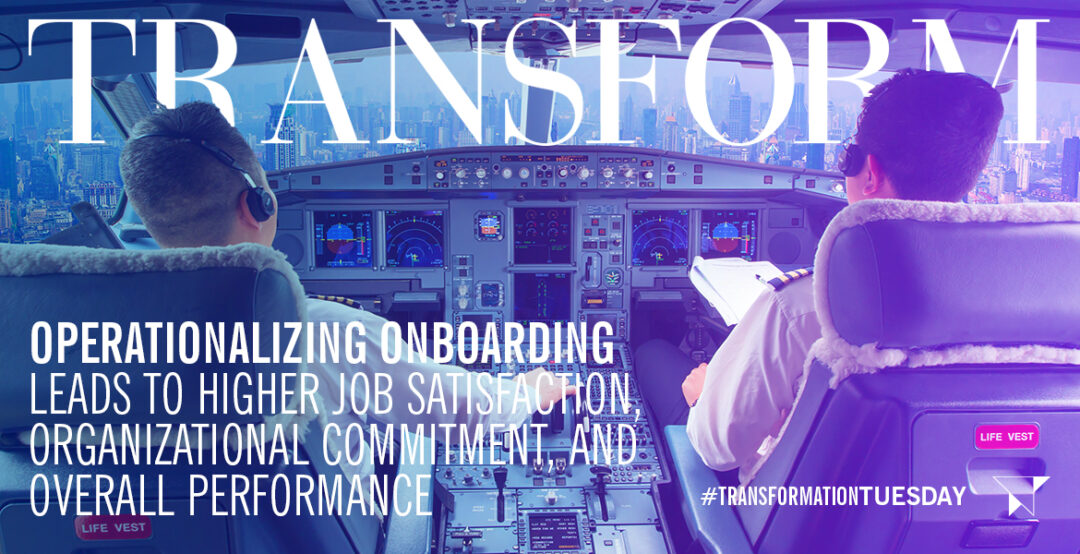Chances are, your organization has recently recruited and hired new employees. Your talent management strategy likely included a series of well-defined steps – such as defining how the new role would fit into the larger goals and priorities of the business – to develop a job description or candidate profile needed to create a new position or fill a vacancy. Then, with those elements in place, the search to attract, recruit and hire the right candidate was put into motion. Finding the “right” talent adds up to a serious investment of time and resources for your organization.
Unemployment rates are currently at a record low. You may need to consider shifting your attention to solve a new piece of the talent management puzzle: today’s candidate is likely to have multiple opportunities and additional priorities beyond just getting hired, such as a desire to find themselves aligned with a company culture that is both trusted and respected within the marketplace.
Developing a more well-rounded approach to the onboarding process is a good, solid business decision. Why? Operationalizing onboarding leads to higher job satisfaction, organizational commitment, overall performance and career effectiveness, and lower turnover rates, among other success factors. The Society for Human Resource Management (SHRM) research also determined that the greatest opportunity to impact a new hire’s success is within the first two weeks of them joining the team.
Now is the right time to ask your team to explore two big ideas:
How can we improve our onboarding experiences for new employees?
Are we focused on retaining and engaging new team members from day one?
Here are five tips related to onboarding to help guide your management team’s discussion:
- Focus on designing and delivering an employee-centric onboarding experience. Consider expanding your company’s orientation vision beyond “all things company” and typical topics such as the company vision, mission, history and values. Make day one about your new hire and their experience with your organization.
- Onboarding is important. Investing in a formal onboarding program is a game-changer. According to onboarding research published in the Journal of Applied Psychology, only 20% of companies invest in a formal onboarding program. When new hires have an onboarding plan that they control, it eases their anxiety around what comes next in the process.
- Cultivate a customer journey experience and knowledge of the business. Introduce new hires to the company as if they were potential customers so they can understand the customer buying journey from start to finish.
- Help employees develop strong social connection. Consider using a “buddy program” as an opportunity to help new hires develop internal social connections.
- Offer learning and development opportunities on day one. Today’s employees thrive at organizations that provide opportunities to learn and grow.
That said, talent is a game-changer. We believe the company with the best talent wins. If you don’t have a formal onboarding program or want to get an outside opinion on how to put your new employee in the driver seat on day one, let’s set time to talk.




